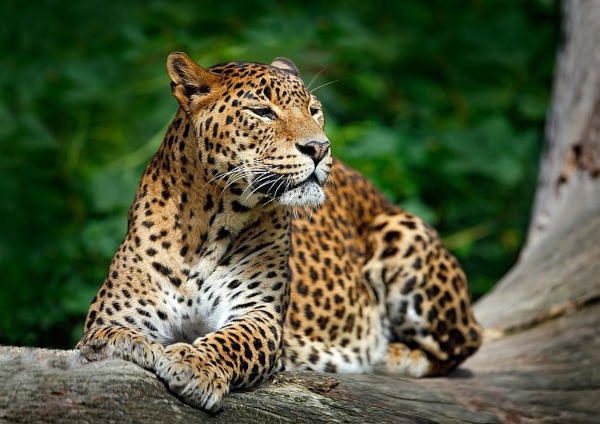NEW DELHI: The leopard population in India recorded an encouraging increase of 62% in four years – from 7,910 in 2014 to 12,852 in 2018 — according to the latest estimates of the big cat numbers released on Monday.
Madhya Pradesh has the highest number of leopards (3,421), followed by Karnataka (1,783) and Maharashtra (1,690). These three states together account for more than 50% of leopards in the country’s tiger habitats which serve as a common ecosystem for different species of wild animals. The numbers have increased despite leopards often falling victim to human-animal conflict as they stray into human habitations or even become road-kills.
“Increase in tiger, lion and leopard population over the last few years is a testimony to conservation efforts and of the fledgling wildlife and biodiversity of the country,” said Environment Minister Prakash Javadekar while releasing the ‘Status of Leopards in India, 2018’ report. The increase in big cat numbers over the past decade and a half indicates their resilience and ability to bounce back if provided secure environs.
Though leopards are also found in non-forested habitats (coffee and tea plantations), higher elevations in the Himalayas, arid landscapes and most northeast states, the enumeration was done by National Tiger Conservation Authority (NTCA) in association with state forest departments only in tiger habitats as the big cat serves as an umbrella species for other wild species like leopard in protected areas.
Since non-forested habitats are not taken into account for the enumeration, the population estimation can be considered as minimum number of leopards in each of the landscapes. Estimates show that leopards have occupied nearly 1.86 lakh sq km of forest area in the country.
The population estimate of leopards was done in three steps – walking in the forests looking for animal signs and prey species; using satellite data for habitat features and human influence and camera traps to capture leopard pictures. The camera traps were placed at 26,838 locations spread across 141 sites for mark recapture analysis.
A total of 51,337 leopard photographs were obtained from camera traps, resulting in photo-capturing of 5,298 individuals including 825 adult and sub-adult animals. An artificial intelligence (AI) based image processing tool was used to automatically geo-tag and segregate the camera trap images into species.
Source: ToI
You may also like
-
Trade Connect E-platform For Exports Is Single Window, Fast, Accessible And Transformational: Shri Piyush Goyal
-
Five Successful Years of Pradhan Mantri Kisan Maandhan Yojana (PM-KMY)
-
New Heat-Based Approach To Cancer Treatment Can Reduce Chemotherapy Doses
-
Global Study by Leading Experts : Swachh Bharat Mission Drives Significant Reductions in Infant Mortality Rates in India
-
Scientists Take A Major Step Towards Unification Of Classical & Quantum Gravity
